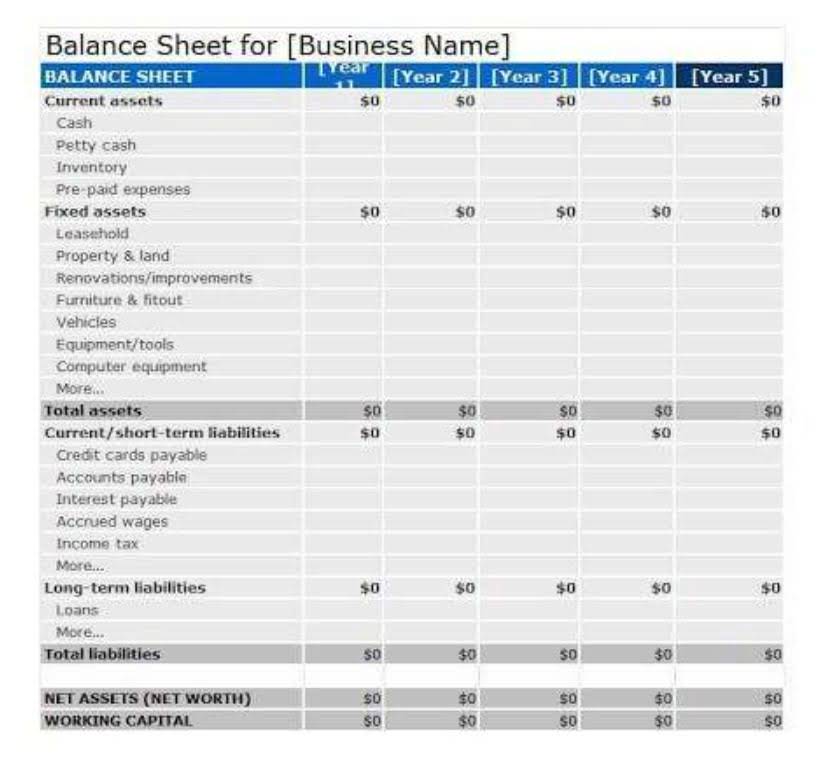
Knowing your business’s COGS helps you determine your company’s bottom line and calculate net profit. You only record COGS at the end of an accounting period to show inventory sold. It’s important to know how to record COGS in your books to accurately calculate profits.
For oil-drilling companies, one of the most important figures you need to consider is the cost per barrel to get the oil out of the ground, refined, and sold. For example, assume that a company purchased materials to produce four units of their goods. When you create a COGS journal entry, increase expenses with a debit, and decrease them with a credit. Your COGS can also tell you if you’re spending too much on production costs. The higher your production costs, the higher you need to price your product or service to turn a profit. Find your total COGS for the quarter using the cost of goods sold calculation.
COGS Basic Example
The above example shows how the cost of goods sold might appear in a physical accounting journal. Its primary service doesn’t require the sale of goods, but the business might still sell merchandise, such as snacks, toiletries, or souvenirs. When calculating COGS, the first step is to determine the beginning cost of inventory and the ending cost of inventory for your reporting period. Calculating the https://www.bookstime.com/ COGS of a company is important because it measures the real cost of producing a product, as only the direct cost has been subtracted. If a company orders more raw materials from suppliers, it can likely negotiate better pricing, which reduces the cost of raw materials per unit produced (and COGS). In the final step, we subtract revenue from gross profit to arrive at – $20 million as our COGS figure.
Since the inventory forms part of the COGS formula, the method of accounting inventory adopted by a business entity impacts its COGS. Cost of Revenues includes both the cost of production as well as costs other than normal balance of accounts production like marketing and distribution costs. This method of inventory valuation is widely used as it is simple to use. Also, it is difficult to manipulate net income under this inventory pricing method.
Benefits of Using the COGS Normal Balance
Therefore, in case of service companies, if COGS is not reflected in the income statement, then there can be no COGS deduction. The advantage of using LIFO method of inventory valuation is that it matches the most recent costs with the current revenues. By tracking such a figure for a host of companies, they can know the cost at which each of the companies is manufacturing its goods or services. Thus, if one company is manufacturing goods at a low price as compared to others, it certainly has an advantage as compared to its competitors as more profits would flow into the company.
- However, this gross profit might be the effect of the entity using different inventories valuation methods.
- Get instant access to video lessons taught by experienced investment bankers.
- This means that reducing your COGS can significantly impact your bottom line.
- It is the Gross Income that your business earns before subtracting taxes and other expenses.
- It represents the amount that the business must recover when selling an item to break even before bringing in a profit.
- Similarly, the balance sheet consists of assets, liabilities, and equity.
Secondly, with the knowledge gained from utilizing the COGS normal balance, companies can improve their profitability through more accurate financial reporting and analysis. By having a deeper understanding of how much each product contributes to overall revenue, businesses can allocate resources more effectively. Understanding how the COGS Normal Balance works is essential for effective procurement management as it allows businesses to accurately track their expenses and profits related to product sales. When adding a COGS journal entry, debit your COGS Expense account and credit your Purchases and Inventory accounts. Inventory is the difference between your COGS Expense and Purchases accounts.
What is the Cost of Goods Sold (COGS)?
Calculate COGS by adding the cost of inventory at the beginning of the year to purchases made throughout the year. Then, subtract the cost of inventory remaining at the end of the year. The final number will be the yearly cost of goods sold for your business.
